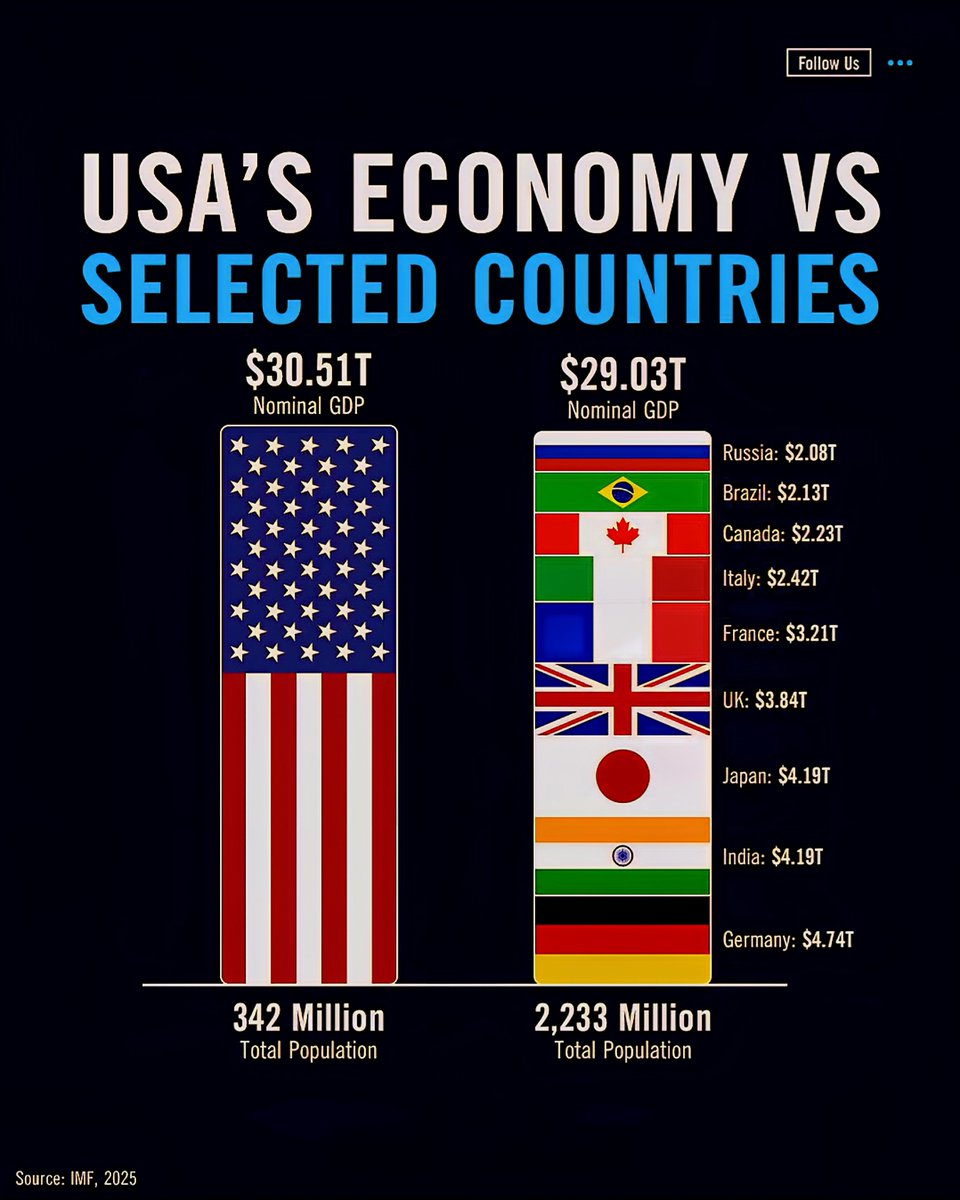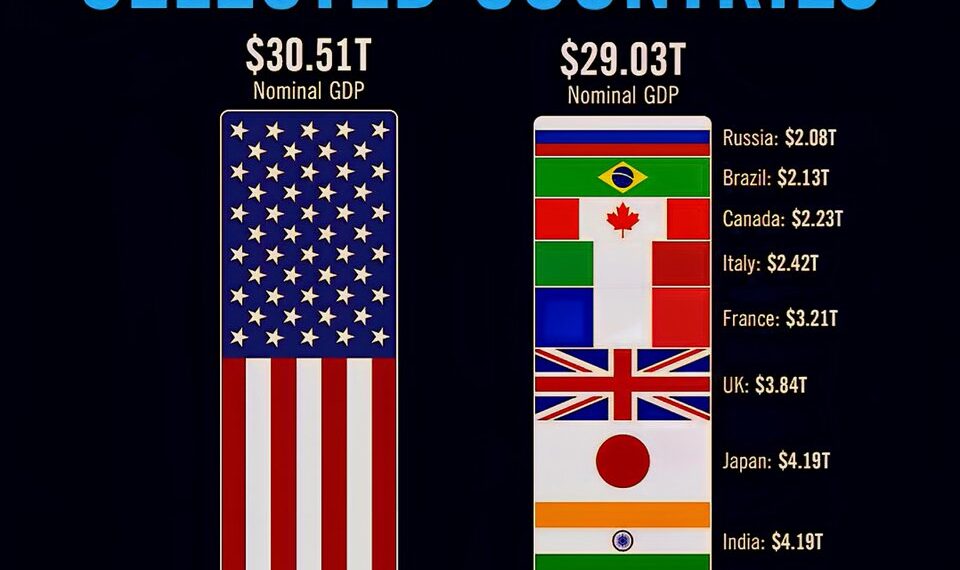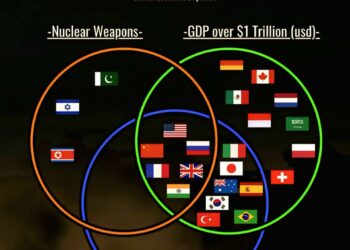Select Language:
The US Economy in 2025: How It Compares to Other Leading Countries

1. The US Maintains Its Position as the Largest Economy
In 2025, the United States continues to hold its title as the world’s largest economy, boasting a gross domestic product (GDP) surpassing $28 trillion. This vast economic scale is fueled by strong consumer spending, a resilient tech sector, and robust financial markets. While the growth rate has slowed compared to previous years, the US economy remains a critical driver of global economic activity, influencing markets worldwide.
2. China Surges Forward with Rapid Growth
China’s economy has kept pace with its ambitious development plans, reaching a GDP of approximately $18 trillion in 2025. The Asian powerhouse has made significant advances in technological innovation, infrastructure, and manufacturing. Despite facing challenges like demographic shifts and debt levels, China’s steady expansion solidifies its position as the second-largest economy and a major global competitor.
3. The European Union Faces Economic Rebalancing
The European Union’s collective economy is valued around $15 trillion this year, indicating moderate growth amid geopolitical tensions and energy transition challenges. Countries like Germany, France, and Italy continue to function as economic pillars within the EU, innovating in renewable energy, digital infrastructure, and advanced manufacturing. However, the bloc faces hurdles such as inflation concerns, labor shortages, and the transition away from fossil fuels.
4. India’s Rapid Growth Puts It on Par with Major Economies
India has emerged as a significant player in the 2025 global economy, with a GDP approaching $4.5 trillion. The nation’s rapid GDP growth, fueled by technology, manufacturing, and a booming service sector, makes it a key market for investors. India benefits from a youthful population, technological adoption, and sustained government reforms aimed at infrastructure and ease of doing business.
5. Japan’s Economy Stabilizes Amid Demographic Challenges
Japan’s economy remains resilient with a GDP of about $5 trillion, despite ongoing demographic challenges like an aging population. Innovation in robotics, automotive manufacturing, and technology continues to keep Japan at the forefront of advanced industries. The Japanese government’s efforts to enhance immigration and boost productivity are gradually bearing fruit, helping stabilize the economy.
6. Emerging Markets Gain Ground
Countries like Brazil, Indonesia, and Nigeria are gaining prominence, with their combined GDP approaching $4 trillion. These nations are benefiting from natural resources, expanding infrastructure, and increasing foreign investments. Their growth is contributing to a more multipolar global economy, providing opportunities and some unpredictability to international markets.
7. The Impact of Technology and Innovation
Across all these economies, technological advancement remains the primary catalyst for growth. AI, blockchain, 5G, and renewable energy innovations are restructuring industries, creating new markets, and transforming employment landscapes. The US retains a leadership role in technological development, but other nations are narrowing the gap through strategic investments.
8. Challenges and Uncertainties Ahead
While these rankings reflect the current state of the global economy, challenges such as inflationary pressures, geopolitical uncertainties, climate change, and social inequality threaten future growth. Governments worldwide are investing in sustainability initiatives and economic resilience strategies to navigate this complex landscape.
9. The Growing Role of the Global Economy’s Middle Tier
Countries like Canada, South Korea, and Australia are solidifying their economic roles with GDPs between $1.5 and $2 trillion. These nations are key consumers and producers in the global marketplace, contributing to regional stability and innovation.
10. The Economic Outlook for 2025 and Beyond
Looking ahead, the global economic landscape is set to become more interconnected yet competitive. The US, China, and India are expected to continue their upward trajectories, while other emerging markets will play increasingly vital roles. Innovation, sustainability, and geopolitical stability will be critical factors shaping economic growth and resilience in the years to come.
This report offers a comprehensive look at the current standings of the world’s leading economies, illustrating how the US compares to its counterparts in 2025. As the global economy evolves, staying informed about these dynamics is essential for policymakers, investors, and business leaders.






